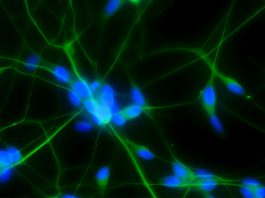A research collaboration between the University of Birmingham, UK, and Duke University, USA, has resulted in the fine tuning of a new theromoplastic biomaterial.
The theromoplastic biomaterial, which can degrade in the body, has been designed for use in soft tissue repair or flexible bioelectronics. The team has now shown how the addition of succinic acid, a product found naturally within the body, can be used to control the degradation rate.
Materials that can successfully replicate the elasticity and strength of biological tissues and biodegrade over an appropriate timescale are extremely difficult to engineer. This is because the chemistry used to produce a material’s mechanical properties will also typically govern the rate at which it degrades.
In a new study, published in Nature Communications, researchers showed how the polyester biomaterial degrades gradually over a period of four months, with healthy tissues growing into and eventually replacing the implant.
Managing water penetration
By varying the amounts of succinic acid, the international team controlled the rate at which water penetrated the material, thus changing the degradation speed. Usually, the structural changes that increase degradation speed would cause a loss of strength, however this material mimics natural rubber and allows its mechanical properties to be finely controlled. Therefore, any loss of strength can be compensated for by making suitable stereochemical adjustments. This is a significant advance that has so far not been achieved in any other degradable biomaterial.
Co-author of the study Professor Andrew Dove explains: “Biological tissues are complex with varying elastic properties. Efforts to produce synthetic replacements that have the right physical characteristics and that can also degrade in the body have been ongoing for decades.
“Part of the challenge is that a ‘one-size-fits-all’ approach doesn’t work. Our research opens up the possibility of engineering biological implants with properties that can be fine-tuned for each specific application.”









